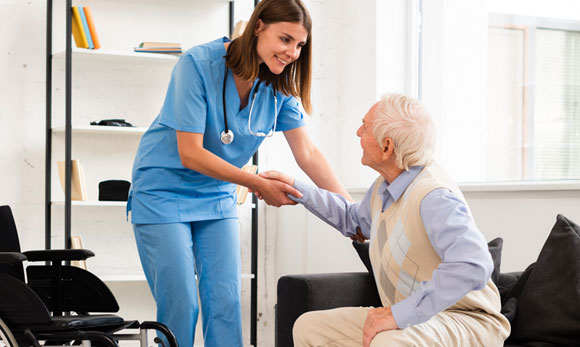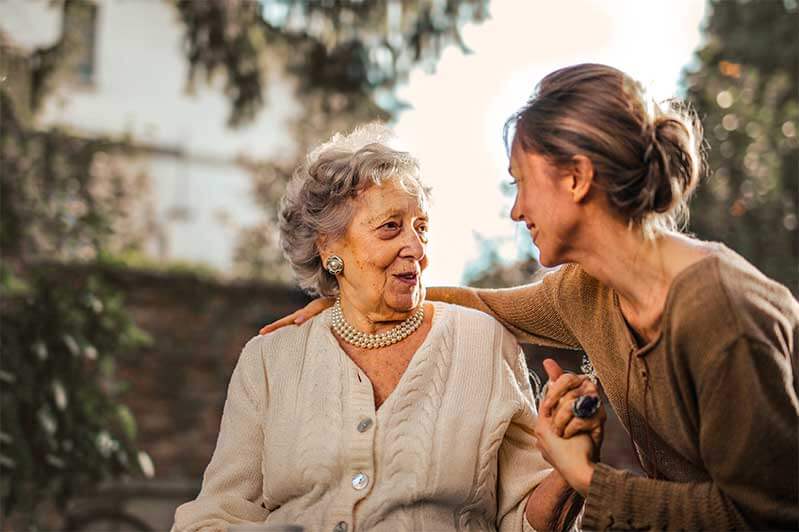Arthritis

Arthritis
Arthritis is a inflammatory condition that affects your joints. It isn’t restricted to any one age group but it tends to become prevalent as people age. There are over 100 types of arthritis with two types that affect the vast majority of people with arthritis. They are rheumatoid arthritis and osteoarthritis.
The two differ in that rheumatoid arthritis is an autoimmune disorder that targets the lining of the joints causing painful inflammation. The autoimmune system senses a problem and appropriately or as designed to do, sends antibodies to the site to attack the supposed problem. Unfortunately there isn’t a problem and your synovial membrane which is liken unto a lubricating fluid surrounding your joints is unjustly attacked and becomes degraded, joints begin to erode and may become disfigured. The cause of this autoimmune defense defect is not understood completely. What is known is that our genes, hormones and even our environmental surroundings can be contributors to its development.
Localized swelling and tenderness, morning stiffness, multiple joints and usually on both sides of the body are indicators of RA. Other symptoms could be fever, loss of appetite and fatigue. Rheumatoid arthritis, if unchecked can lead to problems with organ systems. Treatment of RA is aimed at stopping the inflammation, which is the cause of the pain and swelling, relieve symptoms, and focusing on preventing body organ damage and allow the person to maintain physical functionality.
Osteoarthritis, sometimes referred to as degenerative joint disease, because of its slow wear and tear process is the most common type of arthritis. Around our bones at the joint sites is cartilage. This cartilage acts as hard cushions designed to absorb shocks and impacts. Over time this cushion wears down in all of us however with OA the time and the amount is beyond normal. As the cartilage wears away the bones may create spurs, they may increase in size and then they start to rub on the bone it rides next to. This bone on bone rubbing is rather painful and the less cartilage there is the more the pain is noticed. There is no specific cause to OA and there isn’t an absolute cure for it either.
Your family genes play a role in your development of OA. There are some factors that contribute to OA and likewise can assist in alleviating some of the symptoms. Things such as excessive weight can add to the issue, as weight loss can assist in alleviating it. Also injuries such as broken bones, surgery trauma and repetitive sport injuries can increase your cartilage degradation in comparison focusing on injury prevention can reduce chances or avoid OA. You can’t prevent accidents but you can perform exercise movements in the correct form that prevents repetitive sport injuries and properly warm up and stretch prior to exercise to help prevent injuries from occurring. Treatment for OA include weight management if needed, pharmaceutical treatments, exercise, and joint mobility.
In order to know if you have either you will have to visit your doctor. In the case of OA, they will ask your health history, run diagnostic test, X-ray and MRI test. If your doctor thinks you may have rheumatoid arthritis he/she will refer you to a rheumatologist (a specialist in RA) who will have other test performed and determine if you have RA.
Here are some websites that have information on arthritis and the many different and rare types of arthritis.
https://www.mayoclinic.org/diseases-conditions/arthritis/symptoms-causes/syc-20350772
https://www.mayoclinic.org/diseases-conditions/arthritis/diagnosis-treatment/drc-20350777
Disclaimer: This article is intended as a friendly reminder with recommendations. It is not medical advice, direction or prescription of any sort. Please refer to professional services for any health-related questions, concerns and relief.

Contact us
Reach Us
Our dedication to caring for our clients is more than just a job. “It’s a way of life.” Let us help you maintain your independence today!
4751 Best Road Ste 400B College Park GA, 30337
Phone: (770) 808 6070
Fax: (770) 679 8593






